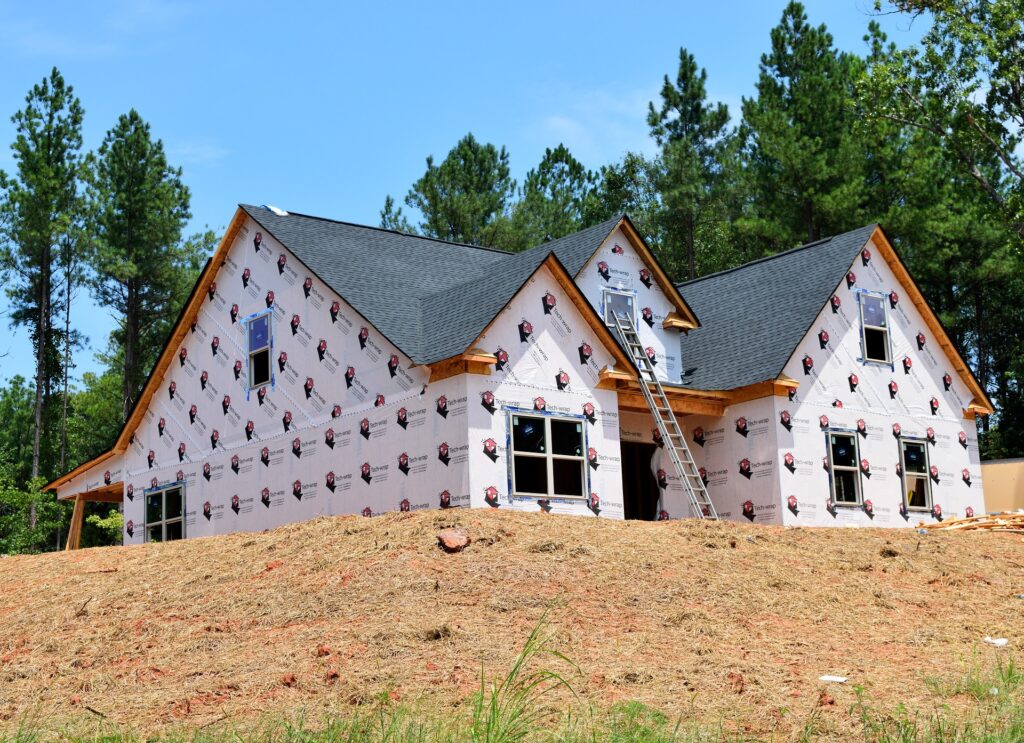Roof ventilation is an important aspect of maintaining the health and efficiency of your home. In this blog post, we’ll explore the reasons why roof ventilation is necessary, how it works, and the different types of ventilation systems available.
Why do I need roof ventilation for my home?
There are several reasons why roof vents are important:
- Temperature regulation: Proper ventilation will regulate the temperature inside your home, keeping it cool in summer and warm in winter. Ventilation reduces the workload on your HVAC system, leading to energy savings and a more comfortable living environment.
- Moisture control: Ventilation removes excess moisture from the air inside your home, which can prevent the growth of mold and mildew.
- Longevity: Proper ventilation will extend the lifespan of your roof. Reducing the buildup of heat and moisture will lead to reduced deterioration of the roofing materials.
- Improved air quality: Ventilation can improve the air quality inside your home by circulating fresh air and removing stale, stuffy air.
How does roof vents work?
To ensure proper attic ventilation, there are two main types of roof vents: intake ventilation and exhaust ventilation. Firstly, intake ventilation brings in fresh air to the attic. Secondly, exhaust ventilation eliminates stale and hot air from the attic.
Soffit vents, installed in the underside of the eaves, typically provide intake ventilation. Install ridge vents along the roof’s peak to effectively achieve exhaust ventilation. The natural “chimney effect” occurs as heated air inside the attic rises and exits through the exhaust vents, drawing fresh air in through the intake vents.
What are the different types of roof vents?
There are several types of roof vent systems available, including:
- Ridge vents: As mentioned above, ridge vents are installed along the peak of the roof and are used for exhaust ventilation.
- Soffit vents: Soffit vents are installed in the underside of the eaves and are used for intake ventilation.
- Gable vents: Gable vents are installed in the gables and can be used for either intake or exhaust ventilation.
- Dormer vents: Dormer vents are installed in dormer windows and can be used for either intake or exhaust ventilation.
- Turbine vents: Turbine vents are powered by the wind and can be used for exhaust ventilation.
- Power vents: Power vents are powered by the homes electricity or small solar PV panels
It’s important to consult with a professional to determine the best ventilation system for your home based on your specific needs and the layout of your roof.
Roof vents are an important aspect of maintaining the health and efficiency of your home. It helps to regulate temperature, control moisture, extend the lifespan of your roof, as well as improve air quality. There are several types of ventilation systems available, and it’s important to consult with a roofing professional to determine the best one for your needs.

